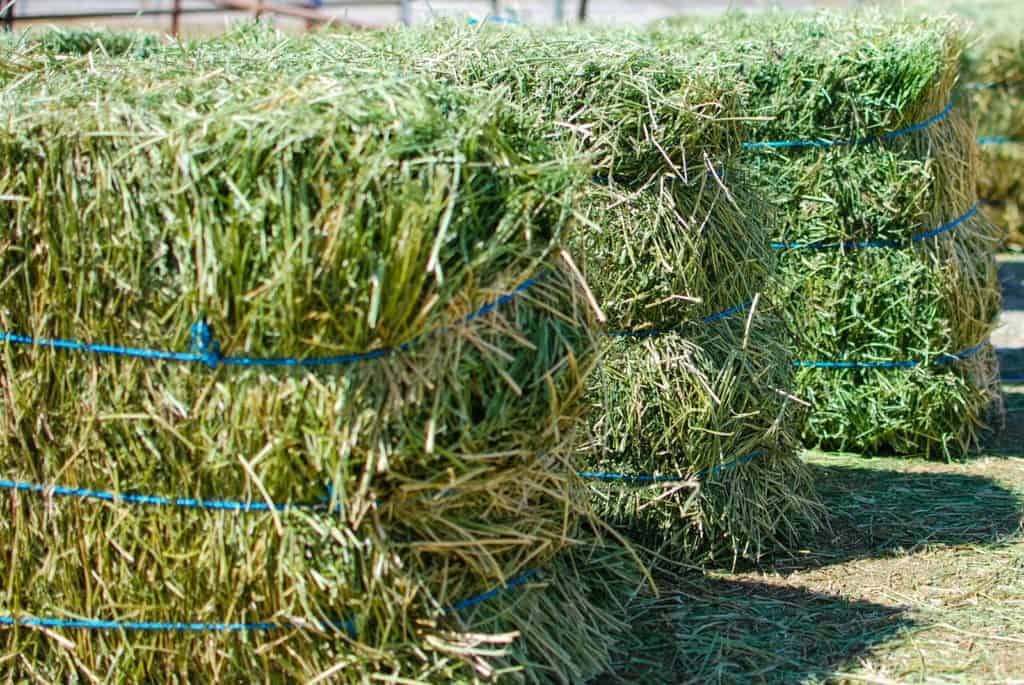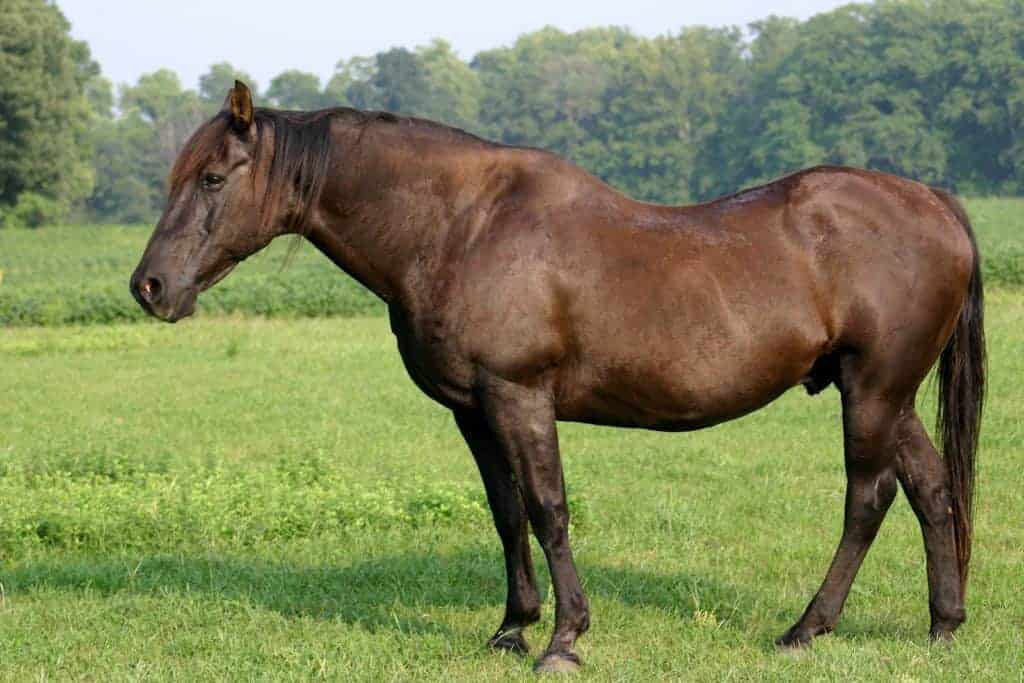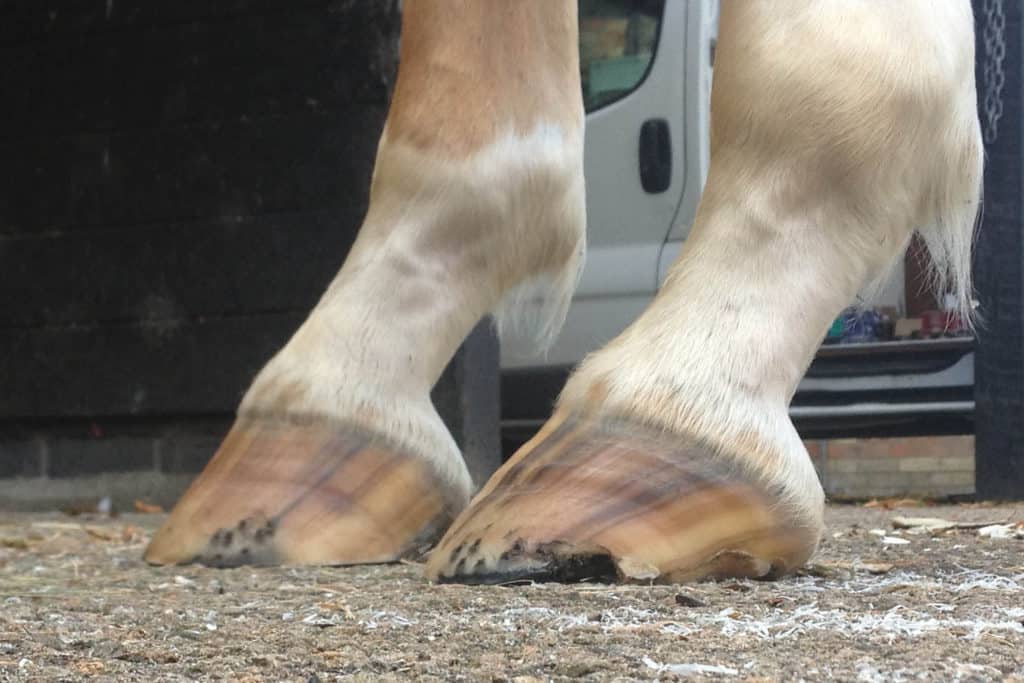
TheHorse.com’s Top Videos of 2018
Find videos on horse wounds, body condition scoring, equine gastric glandular disease, hoof adaptability, feeding sick horses, caring for old horses, and more.
Prevention and treatment for problems of the equine foot

Find videos on horse wounds, body condition scoring, equine gastric glandular disease, hoof adaptability, feeding sick horses, caring for old horses, and more.

Texas-based farrier David Gilliam hopes his new nonprofit, Equine Soundness Professionals, will help improve horse health by promoting increased collaboration between farriers and veterinarians.

Find information on stress in horses, antibiotic use, scratches, conditioning, equine allergies, and more.

Articles on laminitis, alfalfa, horse/human interaction, and hoof problems were among the most-read in 2018.

While researchers have discovered much about EMS over the years, there’s still more to learn not only about the link between obesity, insulin, and laminitis but also how to manage animals to help prevent them from becoming obese and/or developing insulin dysregulation.

Is it dangerous for my horse to graze near areas with black walnut trees and walk through fallen walnuts?

Read the latest in equine health research, news, and information presented at the 2018 British Equine Veterinary Congress in Birmingham, England.

Hoof capsule distortions associated with hoof imbalance typically aren’t severe, they can affect horses’ comfort and be challenging for owners and their farriers to manage.

Dr. Kyla Ortved explains how bisphosphonate drugs work, their use in human medicine, and how they can help horses with navicular syndrome.

MRI revolutionized the way veterinarians diagnose problems with the equine podotrochlear apparatus. Dr. Kyla Ortved explains its importance and when it’s worth the expense.

Dr. Kyla Ortved explains the terminology veterinarians and horse people use to describe navicular syndrome and what it all means.

From initial diagnosis to hoof care and bisphosphonate use, find out the newest information about this debilitating condition.

Given the link between the external shape of the hoof capsule and its internal function, trimming and shoeing should optimize functionality and ultimately reduce stress, both to prevent injury and to treat established pathology, one veterinarian says.

How to unravel the reason behind your horse’s head-scratching weight loss.

Some effects of the shoeing strategies farriers use to correct low heels in horses can actually be detrimental in the long run. Here’s how one farrier recommends correcting this frustrating lameness cause.

Skin problems were the most common general disease reported (33% of all syndromes recorded) and nonhoof-related lower limb lameness was the most common individual issue reported (18.5% of all syndromes recorded).
Stay on top of the most recent Horse Health news with
"*" indicates required fields